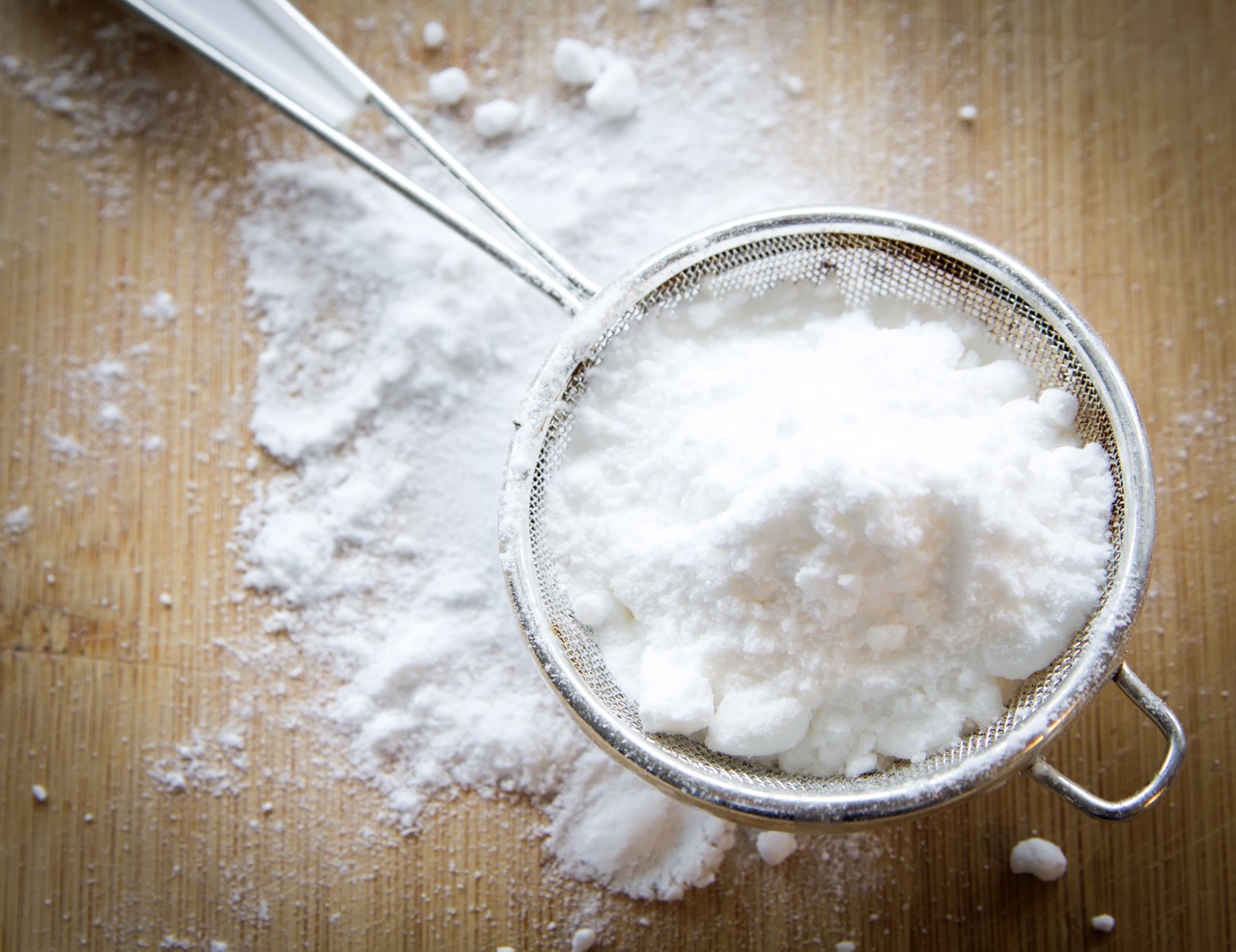

Articles
How To Store Powdered Sugar
Modified: December 7, 2023
Discover effective methods for storing powdered sugar in this informative article. Keep your powdered sugar fresh and readily accessible with these storage tips and tricks.
(Many of the links in this article redirect to a specific reviewed product. Your purchase of these products through affiliate links helps to generate commission for Storables.com, at no extra cost. Learn more)
Introduction
Welcome to our comprehensive guide on how to store powdered sugar. Powdered sugar, also known as confectioner’s sugar or icing sugar, is a commonly used ingredient in baking and dessert recipes. It adds sweetness and texture to various treats, including cakes, cookies, and pastries. However, improper storage can lead to clumping, moisture absorption, and even spoilage, resulting in a less-than-ideal baking experience.
In this article, we will explore the importance of proper powdered sugar storage, discuss the different container options available, and provide valuable tips on how to maintain optimal storage conditions. By following these guidelines, you can prolong the shelf life of powdered sugar and ensure its freshness, so you’ll always have a reliable ingredient ready for your culinary creations.
Key Takeaways:
- Proper storage of powdered sugar is essential to maintain its quality, prevent clumping, and extend its shelf life. Choosing the right container, sealing techniques, and optimal storage conditions are key to preserving its freshness.
- Pay attention to signs of spoilage in powdered sugar, such as clumping, unpleasant odors, texture changes, and discoloration. Implement long-term storage tips, monitor the environment, and use FIFO to ensure its usability over time.
Read more: How To Store Powdered Sugar Long Term
Importance of Proper Storage
Proper storage of powdered sugar is essential to maintain its quality and prevent it from deteriorating. Here are a few reasons why storing powdered sugar correctly is crucial:
- Prevents clumping: Powdered sugar has a tendency to clump when exposed to moisture or humidity. Clumps can be difficult to dissolve and incorporate into recipes, resulting in lumpy and uneven textures. By storing powdered sugar in a dry environment, you can prevent clumping and ensure a smooth consistency in your baked goods.
- Retains freshness: When exposed to air, powdered sugar can lose its freshness and absorb odors from its surroundings. Proper storage helps to seal in the freshness and maintain the delicate aroma of the sugar. This ensures that it adds a sweet and pleasant taste to your desserts.
- Extends shelf life: Like any food item, powdered sugar has a limited shelf life. By storing it properly, you can extend its shelf life and prevent premature deterioration. This not only saves you money but also ensures that you always have powdered sugar on hand when you need it for your culinary endeavors.
In addition to these benefits, proper storage also prevents the growth of mold or bacteria, which can lead to spoilage and food safety hazards. By following the recommended storage techniques, you can enjoy the full potential of powdered sugar and avoid any undesirable outcomes in your baking.
Choosing the Right Container
When it comes to storing powdered sugar, selecting the right container is crucial. The container should be airtight, moisture-resistant, and capable of protecting the sugar from exposure to light and odors. Here are a few container options to consider:
- Glass jars with airtight lids: Glass jars with tight-fitting lids are an excellent choice for storing powdered sugar. They are non-porous, preventing moisture and odors from seeping in. Plus, the transparency of glass allows you to easily see the quantity and condition of the sugar at a glance.
- Food-grade plastic containers: If you prefer a lightweight and shatterproof option, food-grade plastic containers can be a good alternative. Look for containers made of high-density polyethylene (HDPE) or polypropylene (PP) plastic, as they are more resistant to moisture and offer better protection against external elements.
- Sealable plastic bags: Zip-top bags or vacuum-sealed bags are another practical choice for storing powdered sugar. Make sure to squeeze out any excess air before sealing to minimize exposure to moisture. It’s also a good idea to double bag the sugar for added protection.
- Decorative canisters with lids: If you want to store powdered sugar in a stylish and decorative manner, consider using canisters with tight-fitting lids. These canisters not only keep the sugar fresh but also add a touch of aesthetic appeal to your pantry or kitchen countertop.
Regardless of the container you choose, make sure it is clean, dry, and free from any residual odors. It’s best to dedicate a container specifically for powdered sugar storage to avoid cross-contamination with other food items.
Sealing Techniques
Properly sealing the powdered sugar container is essential to maintain its freshness and protect it from external factors. Here are some effective sealing techniques to consider:
- Tighten the lid: For containers with lids, ensure that you securely tighten the lid to create an airtight seal. This helps to prevent air from entering the container and keeps the powdered sugar dry and fresh.
- Use cling wrap: If you’re using a container without a lid or a partially empty bag of powdered sugar, cover the opening tightly with cling wrap before sealing it with a rubber band or tape. This additional layer helps to prevent moisture and air from getting in.
- Vacuum seal: If you have a vacuum sealer, consider using it to remove excess air from the container or bag. Vacuum sealing creates airtight conditions, extending the shelf life of the powdered sugar and keeping it free from moisture.
- Double bagging: If you’re storing powdered sugar in a bag, consider placing it inside a second bag for added protection. This double bagging technique adds an extra layer of defense against moisture and helps to maintain the quality of the sugar.
Remember to seal the container or bag properly after each use to maintain the integrity of the powdered sugar. Additionally, store the sealed container in a cool, dry place away from direct sunlight or heat sources to further protect the sugar from degradation.
Optimal Storage Conditions
To ensure the longevity and quality of powdered sugar, it is essential to store it in optimal conditions. Here are the key factors to consider:
- Temperature: Powdered sugar should be stored in a cool and dry environment. The ideal temperature range is between 50°F (10°C) and 70°F (21°C). Avoid exposing it to extreme temperatures, such as near stoves or in direct sunlight, as this can lead to moisture absorption and clumping.
- Humidity: Powdered sugar is highly susceptible to moisture and humidity. It easily absorbs moisture from the air, resulting in clumps and a loss of texture. Store the sugar in a place with low humidity and avoid storing it near sources of moisture, such as sinks or dishwashers.
- Light: Exposure to light can cause powdered sugar to discolor and lose its freshness. Store the sugar in a dark or opaque container to protect it from light. If using clear containers, store them in a dark pantry or cabinet to reduce light exposure.
- Air: Oxygen can contribute to the degradation of powdered sugar over time. Ensure the container you choose provides an airtight seal to minimize air contact. This prevents the sugar from absorbing any odors or moisture from the surrounding environment.
By maintaining these optimal storage conditions, you can preserve the texture, flavor, and quality of powdered sugar for an extended period.
Store powdered sugar in an airtight container to prevent clumping and keep it fresh. Adding a few marshmallows can also help absorb moisture and maintain the sugar’s texture.
Read more: How To Make Powdered Sugar Without Blender
Shelf Life of Powdered Sugar
The shelf life of powdered sugar depends on various factors, including its storage conditions and packaging. When stored properly, powdered sugar can have a relatively long shelf life. Unopened powdered sugar packages typically have a shelf life of one to two years from the manufacturing date.
Once opened, the shelf life of powdered sugar may decrease due to exposure to air, moisture, and contaminants. However, if stored correctly, it can still remain usable for an extended period. When stored in an airtight container in a cool, dry place, powdered sugar can stay fresh for up to two years after opening.
It’s important to note that over time, powdered sugar may lose its freshness, clump together, and become less effective in providing the desired texture and sweetness. Therefore, it’s advisable to check for signs of spoilage and use your judgment before consuming or using powdered sugar that has been stored for an extended period.
It’s worth mentioning that flavored powdered sugar, such as those with added flavors like vanilla or cocoa, may have a shorter shelf life compared to regular powdered sugar. The added ingredients can potentially impact its stability and freshness, so it’s essential to check the packaging for specific expiration dates and storage recommendations.
Remember, proper storage techniques, such as sealing the container tight and maintaining optimal storage conditions, can help maximize the shelf life of powdered sugar and ensure its quality for a longer duration.
Signs of Spoilage
While powdered sugar has a long shelf life when stored properly, it is important to be aware of the signs of spoilage. Here are some indicators that powdered sugar may have gone bad:
- Clumping: One of the most common signs of spoilage in powdered sugar is the formation of clumps. If you notice large, hard clumps or a dense, solid block of sugar, it is an indication that moisture has entered the container, causing the sugar to clump together. Clumped powdered sugar may be difficult to dissolve and use in recipes.
- Unpleasant odor: Fresh powdered sugar typically has a subtle, sweet aroma. If you detect any unusual or off-putting odors, it may indicate that the sugar has absorbed external odors or has started to spoil. A rancid smell is a clear sign that the powdered sugar should be discarded.
- Change in texture: Fresh powdered sugar has a soft, powdery texture. If the sugar feels gritty, sticky, or has an unusual texture, it may be an indication that moisture has compromised its quality. Changes in texture can affect the performance and taste of the sugar in your recipes.
- Discoloration: Powdered sugar should maintain its white color. Any discoloration, such as yellowing or browning, could be a sign of spoilage or the presence of contaminants. Discolored powdered sugar should not be consumed or used in food preparations.
Should you come across any of these signs, it is recommended to discard the powdered sugar. Consuming spoiled powdered sugar can lead to unpleasant taste, potential health risks, and compromised baking results.
Remember, maintaining proper storage conditions, such as airtight containers and cool, dry environments, can help prevent spoilage and ensure the longevity of powdered sugar.
Tips for Long-Term Storage
If you want to store powdered sugar for an extended period, here are some helpful tips to ensure its long-term freshness:
- Properly seal the container: Ensure that the container you use for powdered sugar storage is airtight and has a secure lid or closure. This helps to prevent moisture, air, and contaminants from entering and affecting the quality of the sugar.
- Store in a cool and dry place: Choose a storage location that is consistently cool and dry, with temperatures ranging from 50°F (10°C) to 70°F (21°C). Avoid areas near heat sources, such as ovens or stovetops, as well as places that are prone to humidity, such as near sinks or dishwashers.
- Avoid exposure to light: Protect powdered sugar from direct exposure to light, as it can cause discoloration and affect its freshness. Store the sugar in a dark pantry or cabinet, or use opaque containers to shield it from light.
- Keep away from strong odors: Powdered sugar can readily absorb odors from its surroundings, which can alter its taste and aroma. Store the sugar away from strong-smelling substances like spices, cleaning agents, or pungent foods to maintain the purity of its flavor.
- Monitor the storage environment: Regularly check the storage area for any signs of moisture, pests, or temperature fluctuations. Ensure that the container remains tightly sealed and inspect for any potential issues that could compromise the sugar’s quality.
- Rotate stock and use FIFO: If you have multiple containers or bags of powdered sugar, practice the “first in, first out” (FIFO) method. Use the older packages of powdered sugar before the newer ones to ensure that none of the sugar goes past its expiration date.
- Consider vacuum sealing: If you have the means to vacuum seal powdered sugar, it can provide an extra layer of protection against moisture and air exposure. Vacuum-sealed bags or containers help to extend the sugar’s shelf life and maintain its freshness for an extended period.
- Label and date containers: To keep track of the storage duration, label each powdered sugar container with the purchase or expiration date. This helps you to easily monitor the age of the sugar and use it in a timely manner.
By following these tips, you can ensure that your powdered sugar remains fresh, clump-free, and of premium quality for long-term storage.
Frequently Asked Questions (FAQs)
Here are some frequently asked questions about storing powdered sugar:
- Can powdered sugar go bad?
- Can I use powdered sugar after its expiration date?
- How do I prevent powdered sugar from clumping?
- Can I freeze powdered sugar for long-term storage?
- Can I store flavored powdered sugar the same way as regular powdered sugar?
- What can I do with clumped powdered sugar?
Yes, powdered sugar can go bad if not stored properly. Exposure to moisture, air, and contaminants can cause clumping, spoilage, and degradation of quality. It’s important to store powdered sugar in airtight containers in a cool, dry place to prevent these issues.
Powdered sugar can still be safe to consume after its expiration date if it has been stored properly and shows no signs of spoilage. However, its quality, taste, and texture may have deteriorated. It’s best to use your judgment and check for any signs of clumping, discoloration, or off odors before using powdered sugar past its expiration date.
To prevent powdered sugar from clumping, store it in an airtight container in a cool and dry place. Avoid exposing it to moisture and humidity. Additionally, using moisture-absorbing packets, such as silica gel packets, in the container can help absorb excess moisture and maintain the powdered sugar’s texture.
Freezing powdered sugar is not recommended as it can lead to clumping and changes in texture. The moisture content in the sugar can cause it to absorb moisture from the freezer, resulting in clumps and loss of quality. It’s best to store powdered sugar in a cool, dry place at room temperature.
Flavored powdered sugar, such as those with added flavors like vanilla or cocoa, may have a shorter shelf life compared to regular powdered sugar. It’s important to check the packaging for specific storage instructions and expiration dates. Flavored powdered sugar should be stored using the same principles of proper sealing, cool and dry conditions, and protection from light and odors.
If your powdered sugar has clumped, you can try breaking up the clumps by sifting the sugar through a fine-mesh sieve or using a fork to break them apart. If the sugar remains too clumpy or has an unusual texture, it’s best to discard it and use a fresh batch for your recipes.
If you have any specific concerns or further questions about storing powdered sugar, it’s always best to refer to the manufacturer’s recommendations or consult a culinary expert for guidance.
Read more: How To Store Sugar
Conclusion
Proper storage of powdered sugar is crucial to maintain its quality, prevent clumping, and prolong its shelf life. By following the tips and guidelines outlined in this article, you can ensure that your powdered sugar remains fresh, free from moisture, and ready to enhance your baking and dessert recipes.
Choosing the right container, such as airtight glass jars or food-grade plastic containers, can help protect powdered sugar from air, moisture, and light. Properly sealing the container using techniques like tightening the lid, cling wrap, vacuum sealing, or double bagging can further safeguard the sugar from degradation.
Optimal storage conditions, including storing powdered sugar in a cool, dry place away from heat sources and humidity, can significantly extend its shelf life. Avoiding exposure to light and strong odors can help preserve the flavor and aroma of the sugar as well.
It is important to keep an eye out for signs of spoilage, such as clumping, unpleasant odor, changes in texture, or discoloration. When powdered sugar shows any of these signs, it is best to discard it to ensure the quality and safety of your culinary creations.
By implementing long-term storage tips like proper sealing, monitoring the storage environment, labeling containers, and using the first-in, first-out method, you can effectively maintain the freshness and usability of powdered sugar over an extended period.
Remember, while powdered sugar is a versatile and indispensable ingredient in baking, its good storage practices are equally important to make the most of its potential. With the knowledge gained from this guide, you can enjoy the convenience of having high-quality powdered sugar on hand, ready to add sweetness and finesse to your culinary masterpieces.
Frequently Asked Questions about How To Store Powdered Sugar
Was this page helpful?
At Storables.com, we guarantee accurate and reliable information. Our content, validated by Expert Board Contributors, is crafted following stringent Editorial Policies. We're committed to providing you with well-researched, expert-backed insights for all your informational needs.
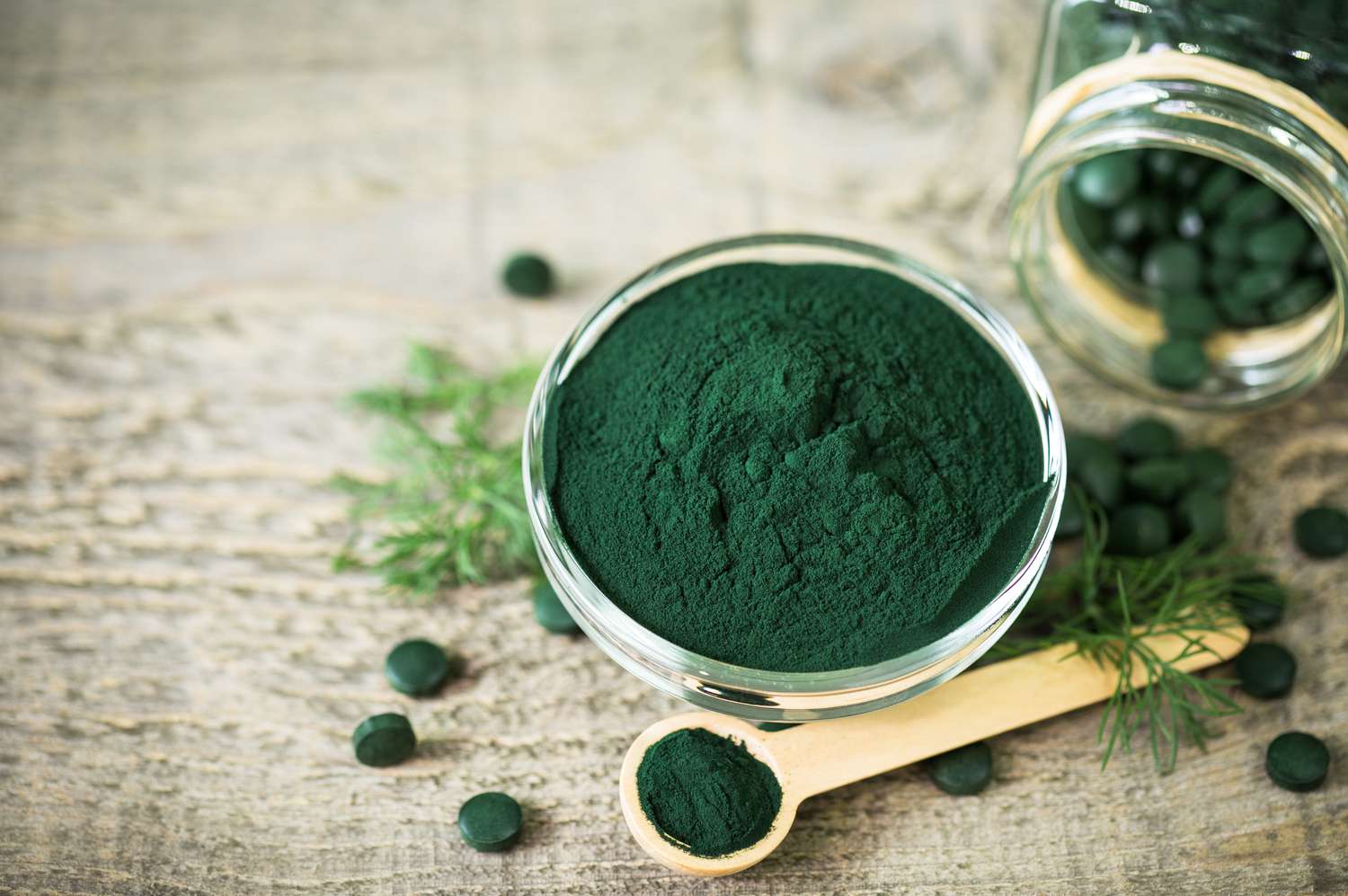
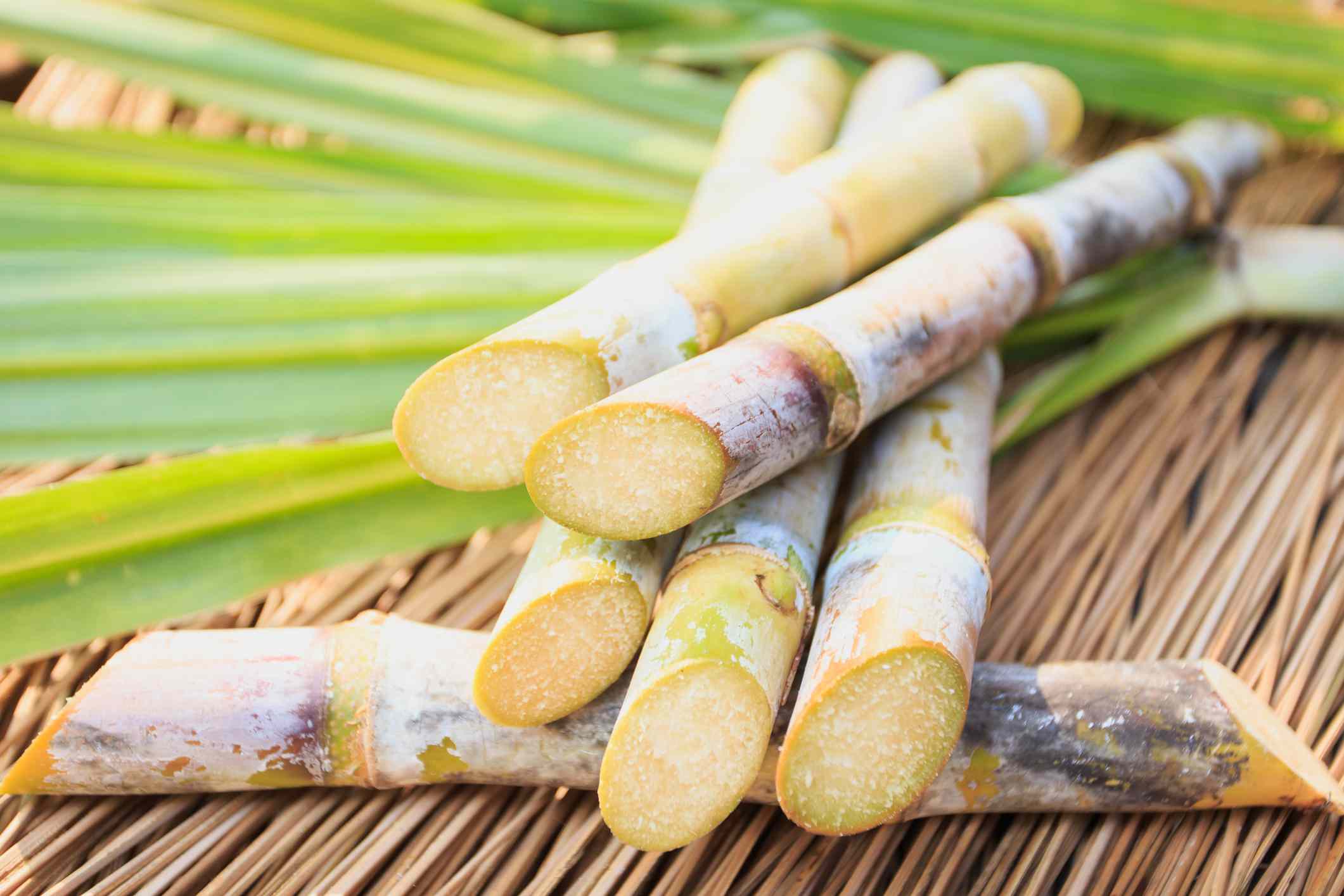
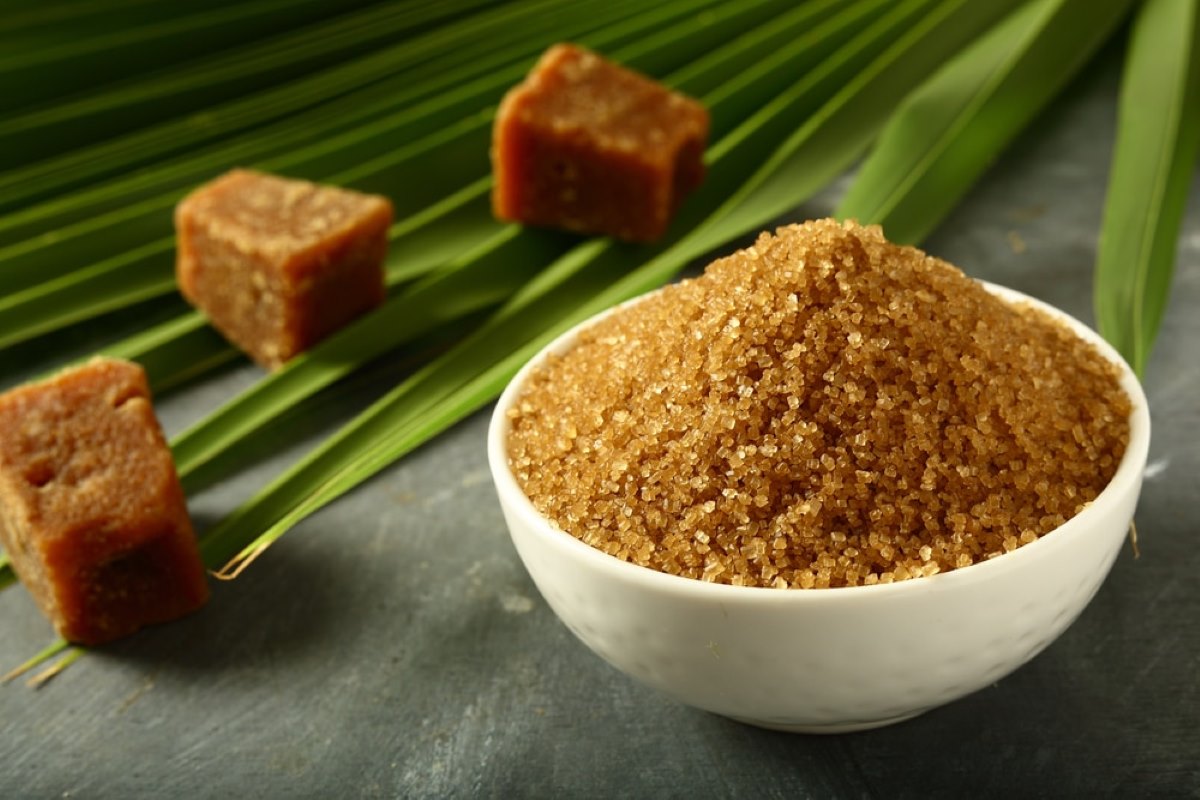
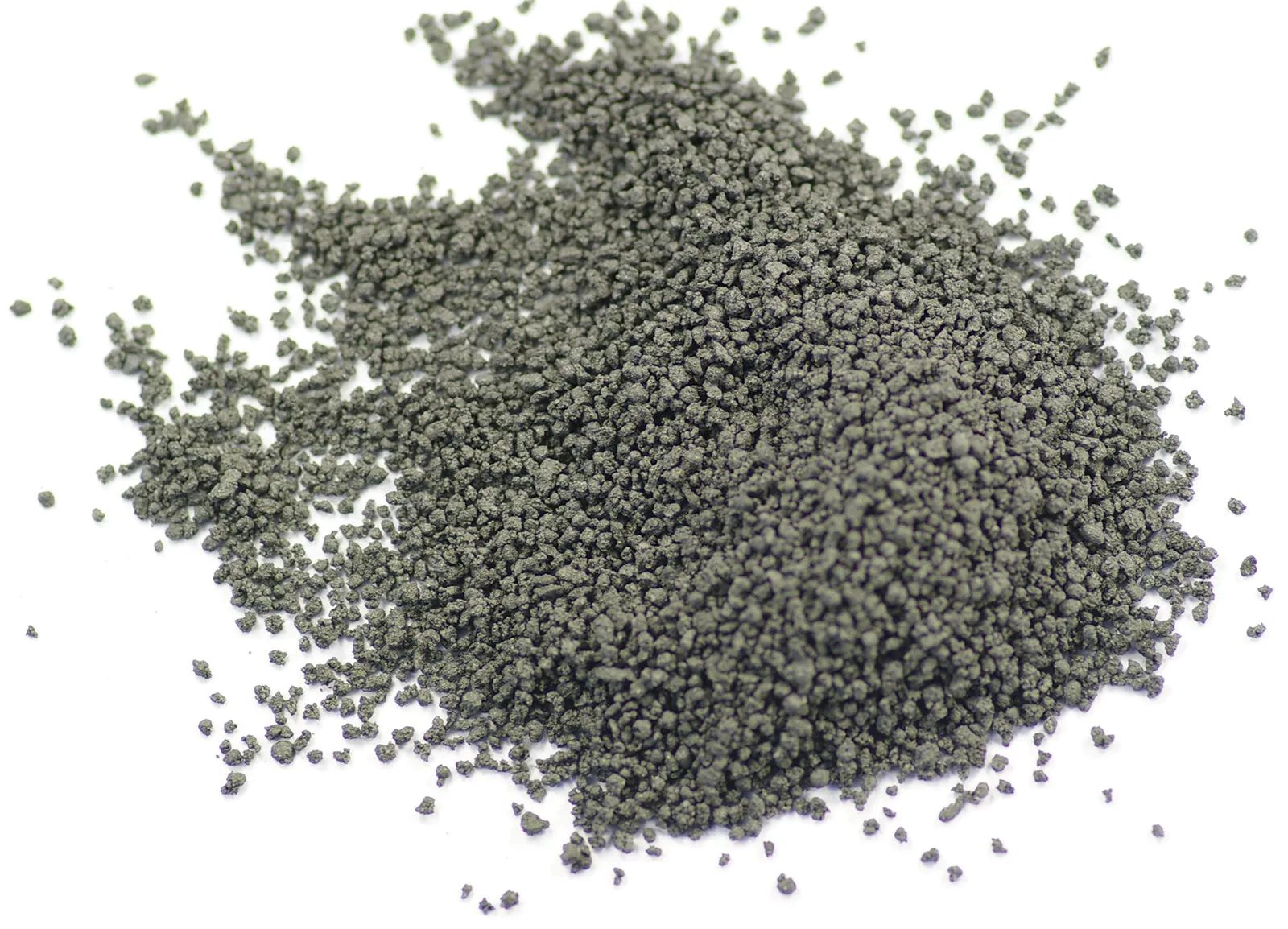
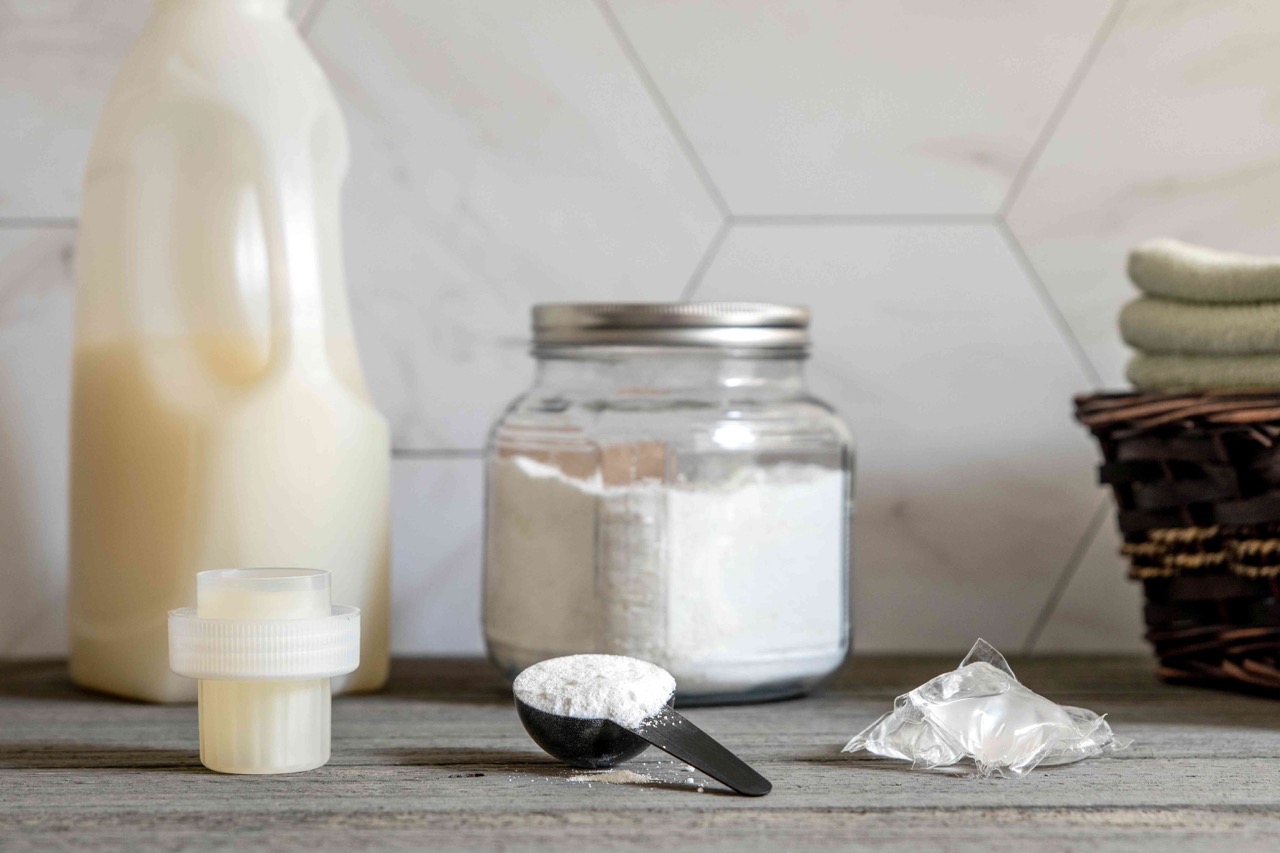

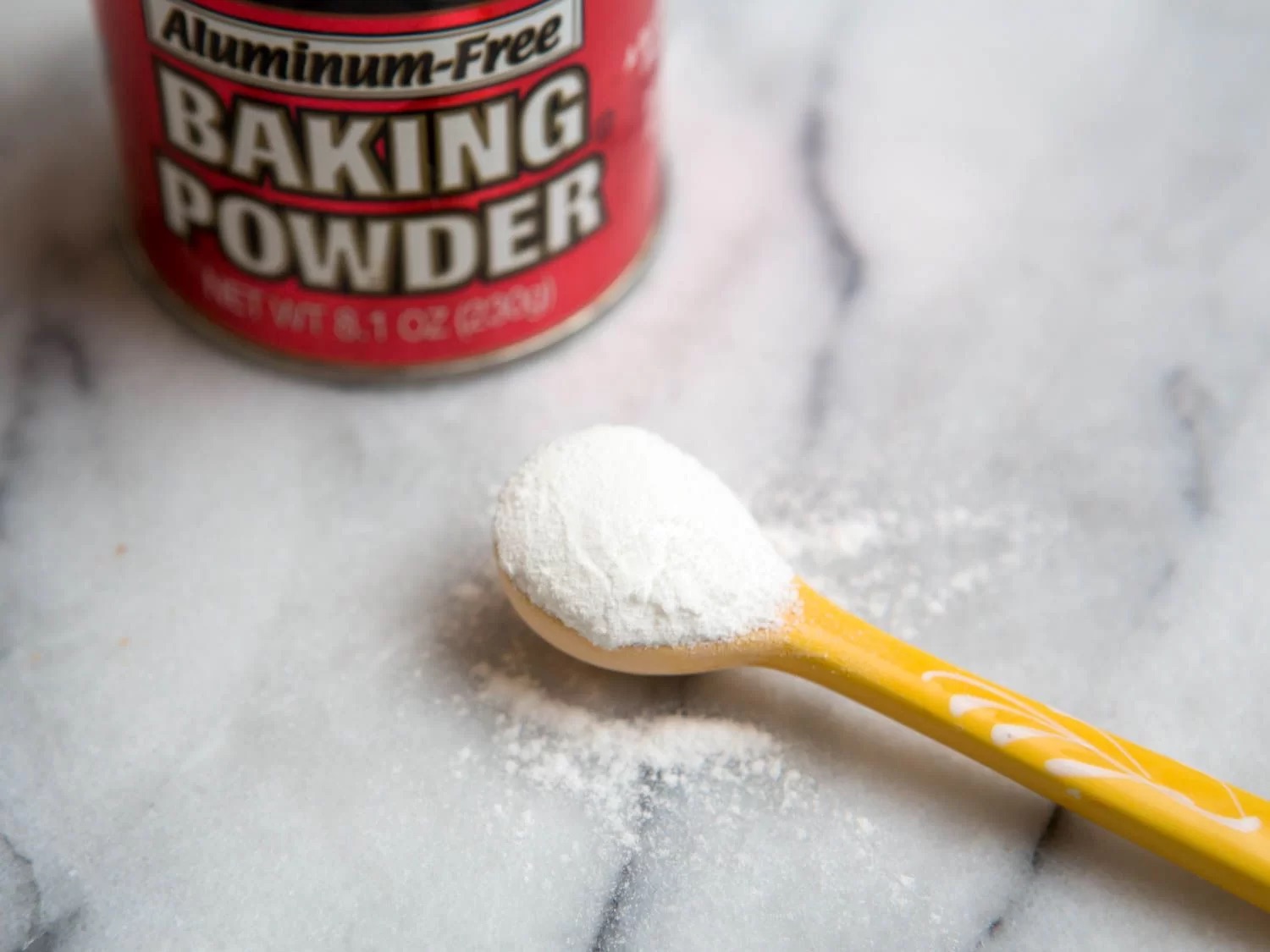
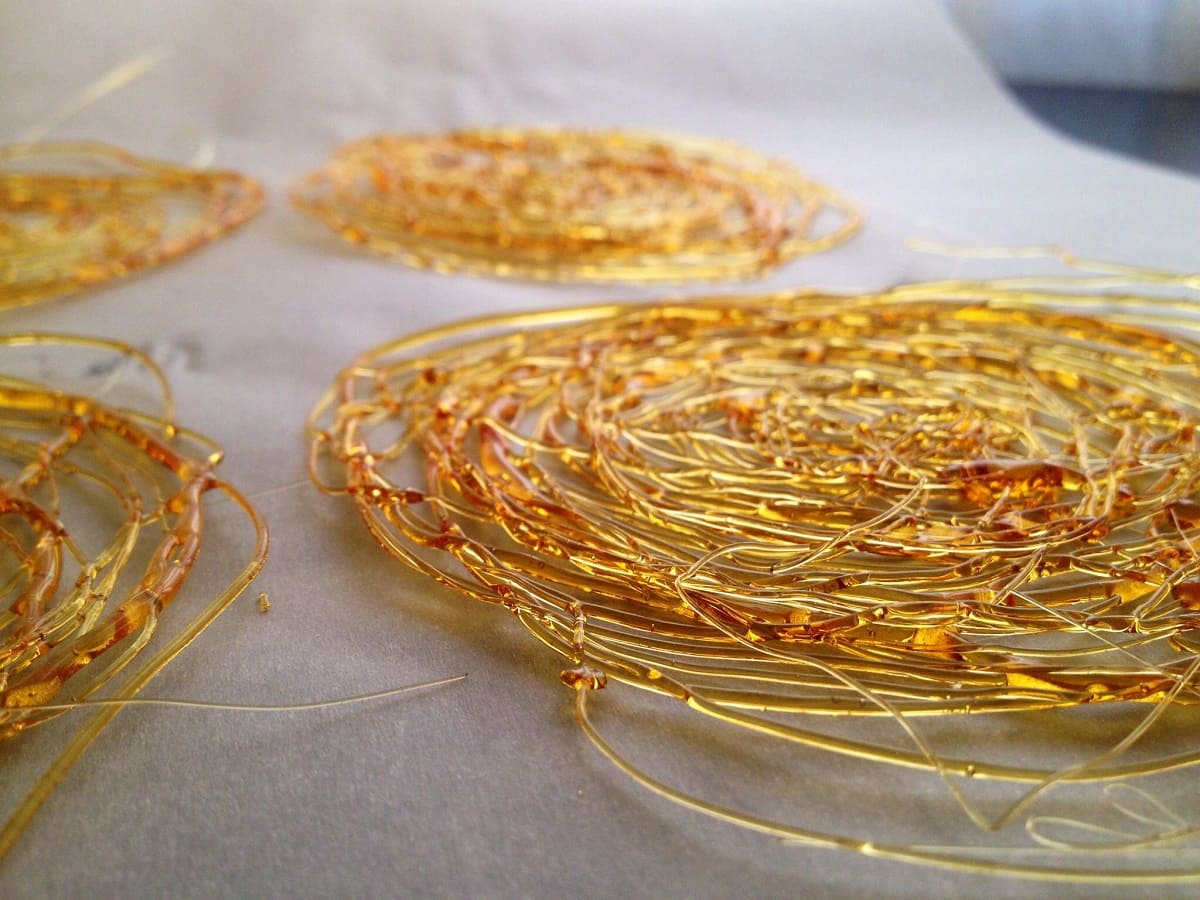
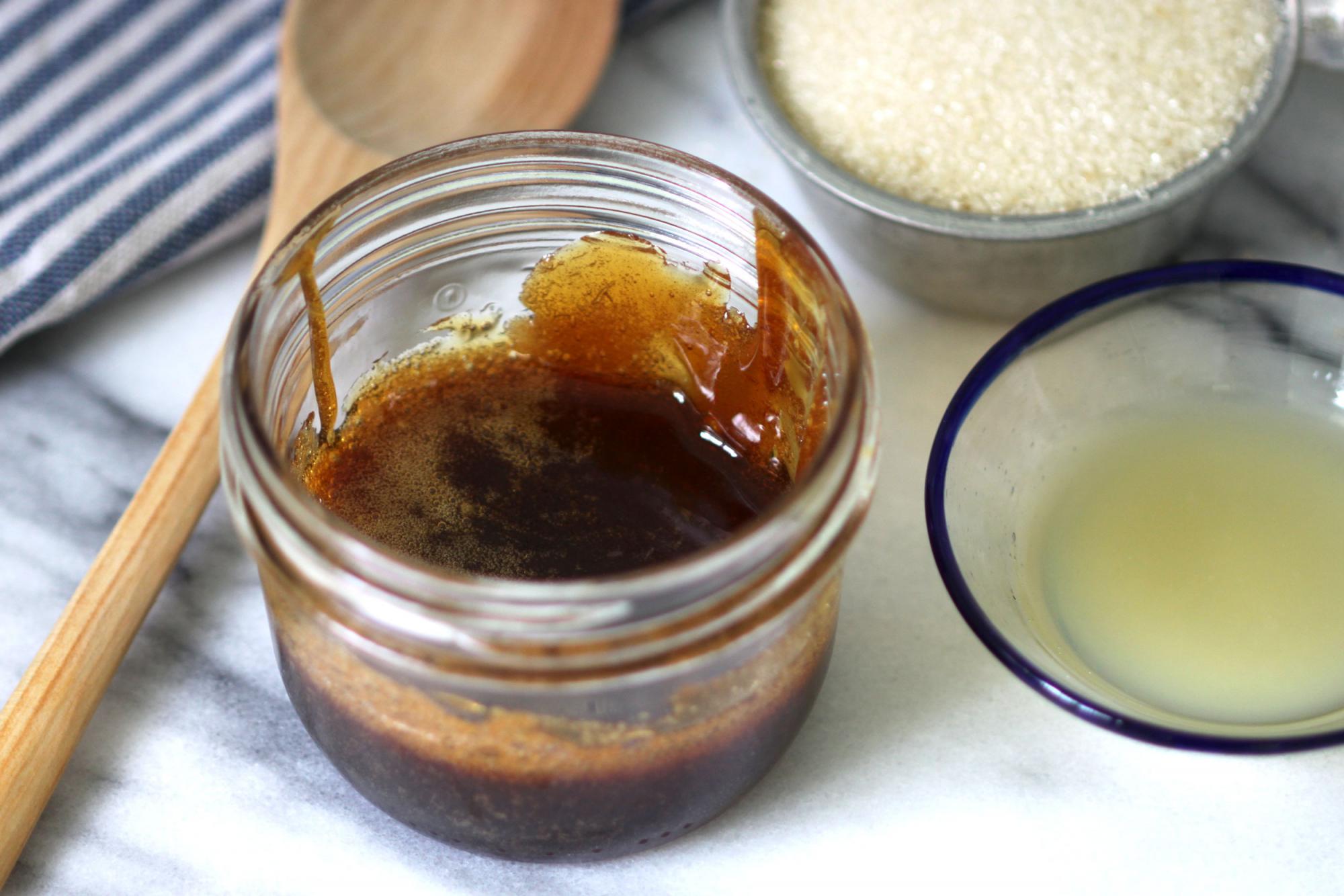
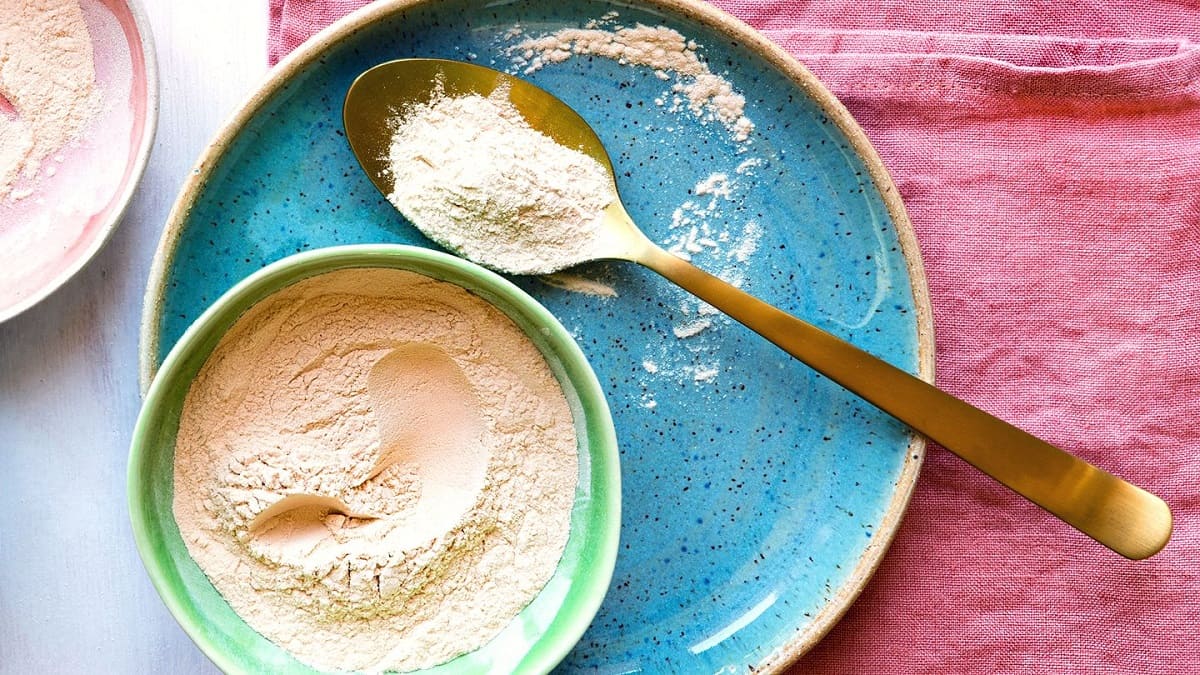
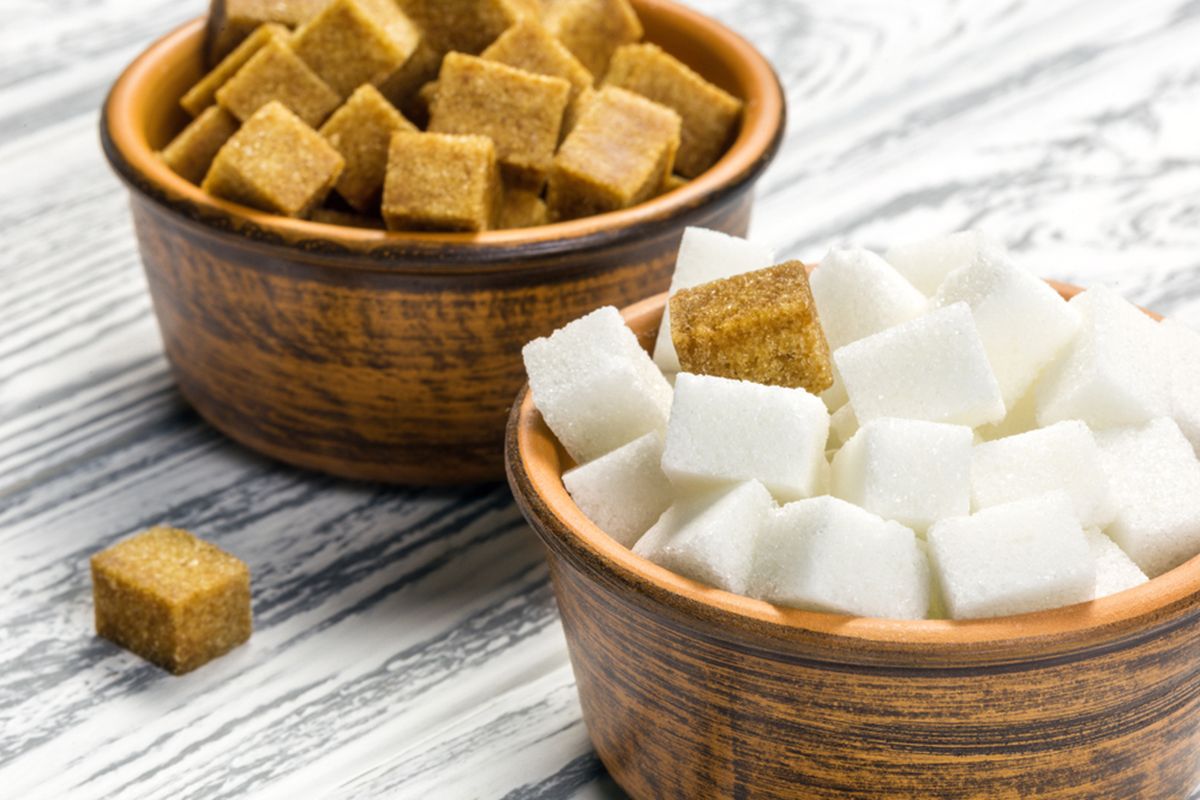
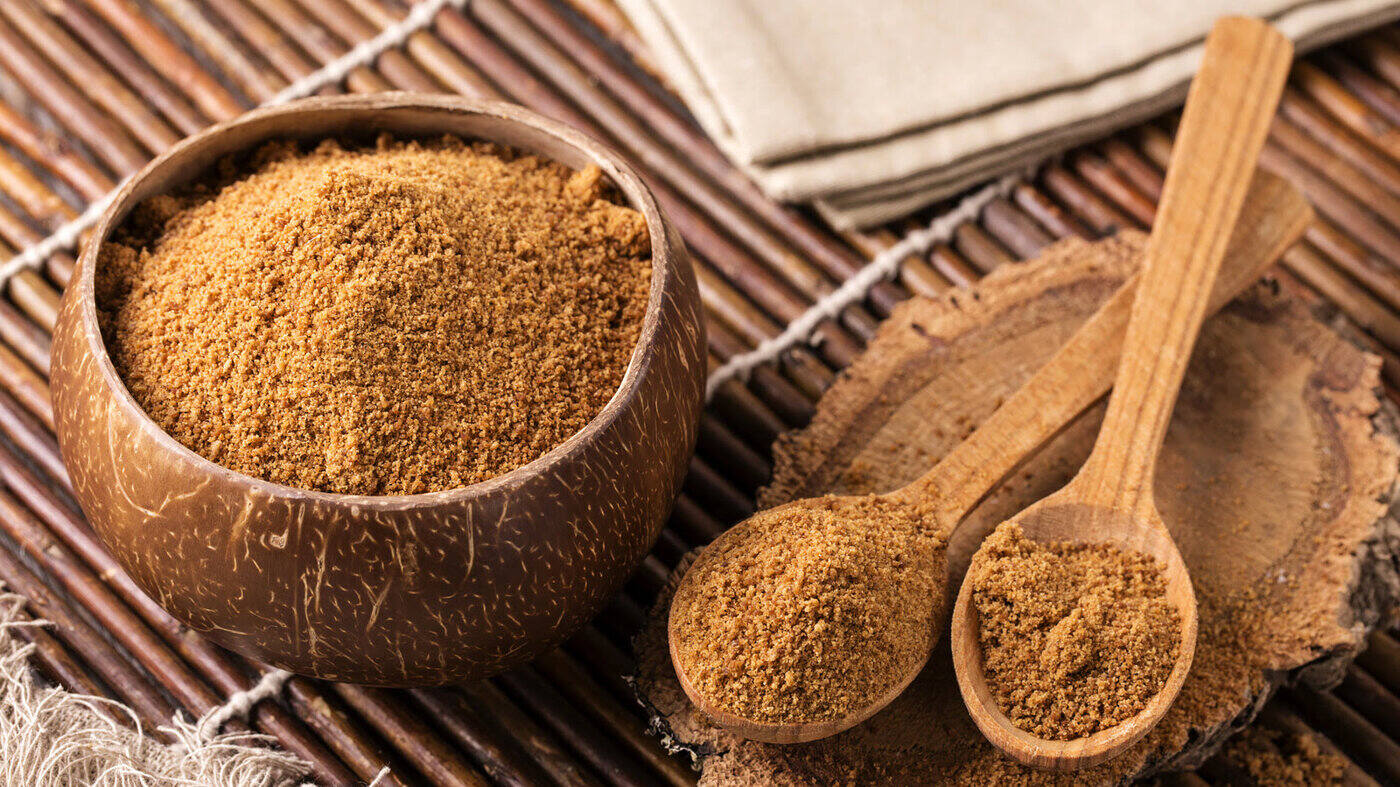
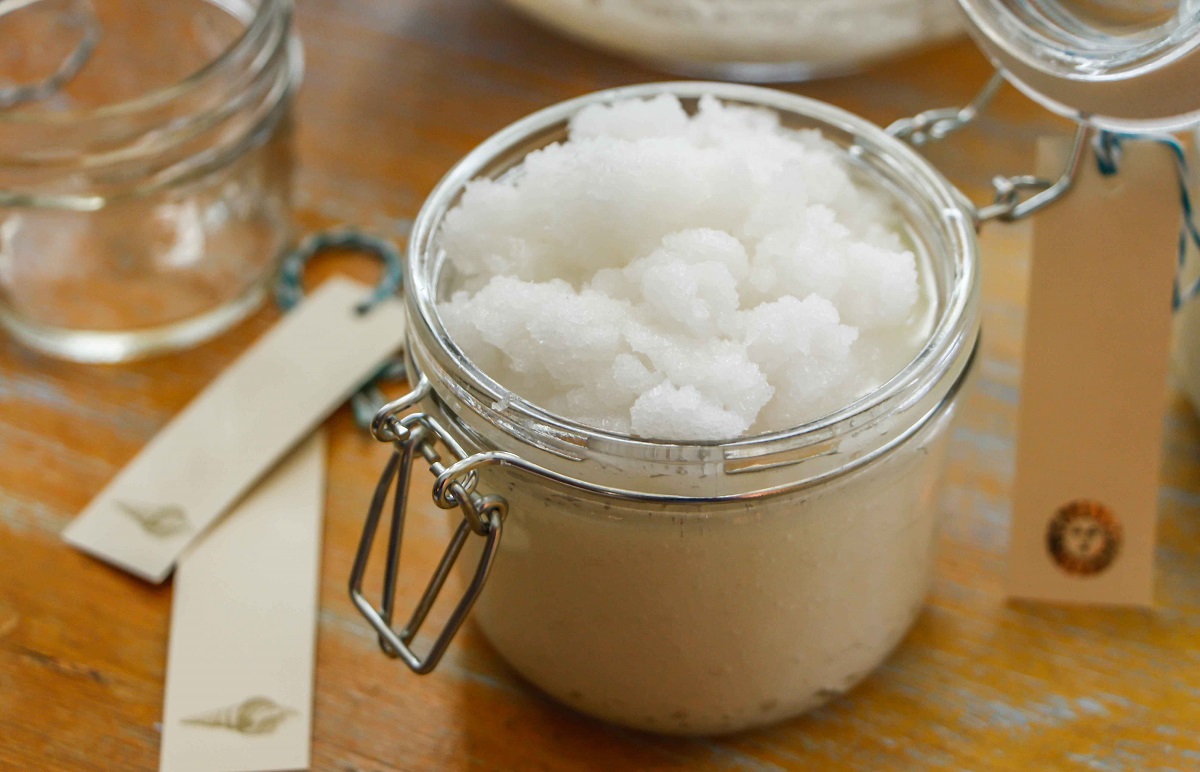

0 thoughts on “How To Store Powdered Sugar”